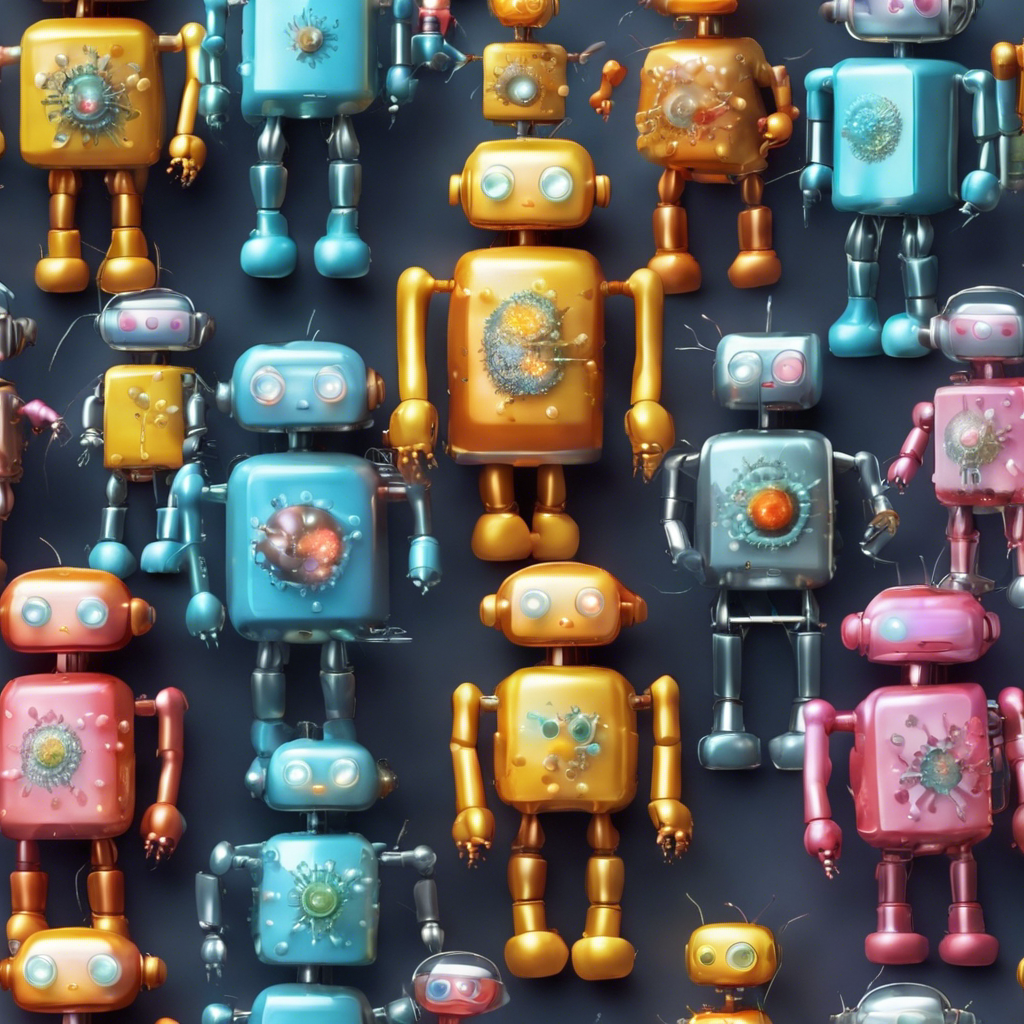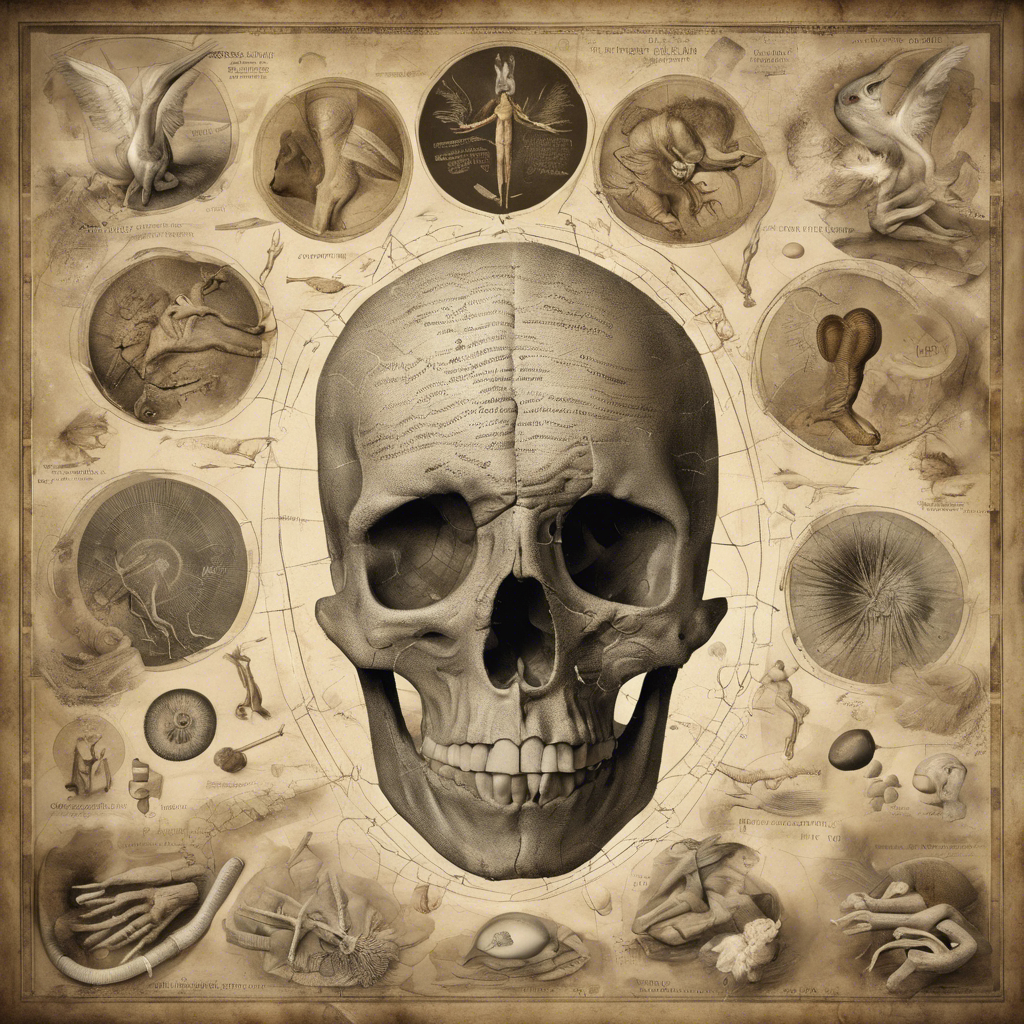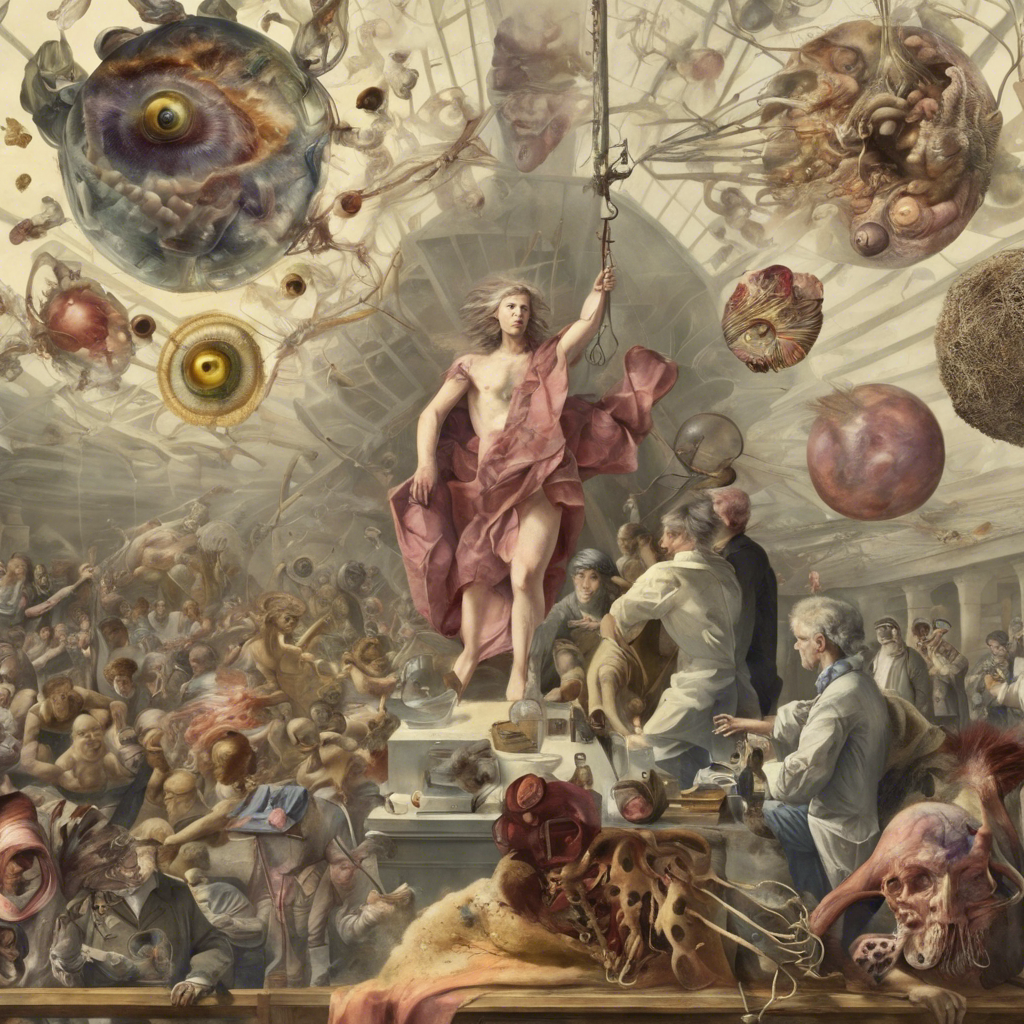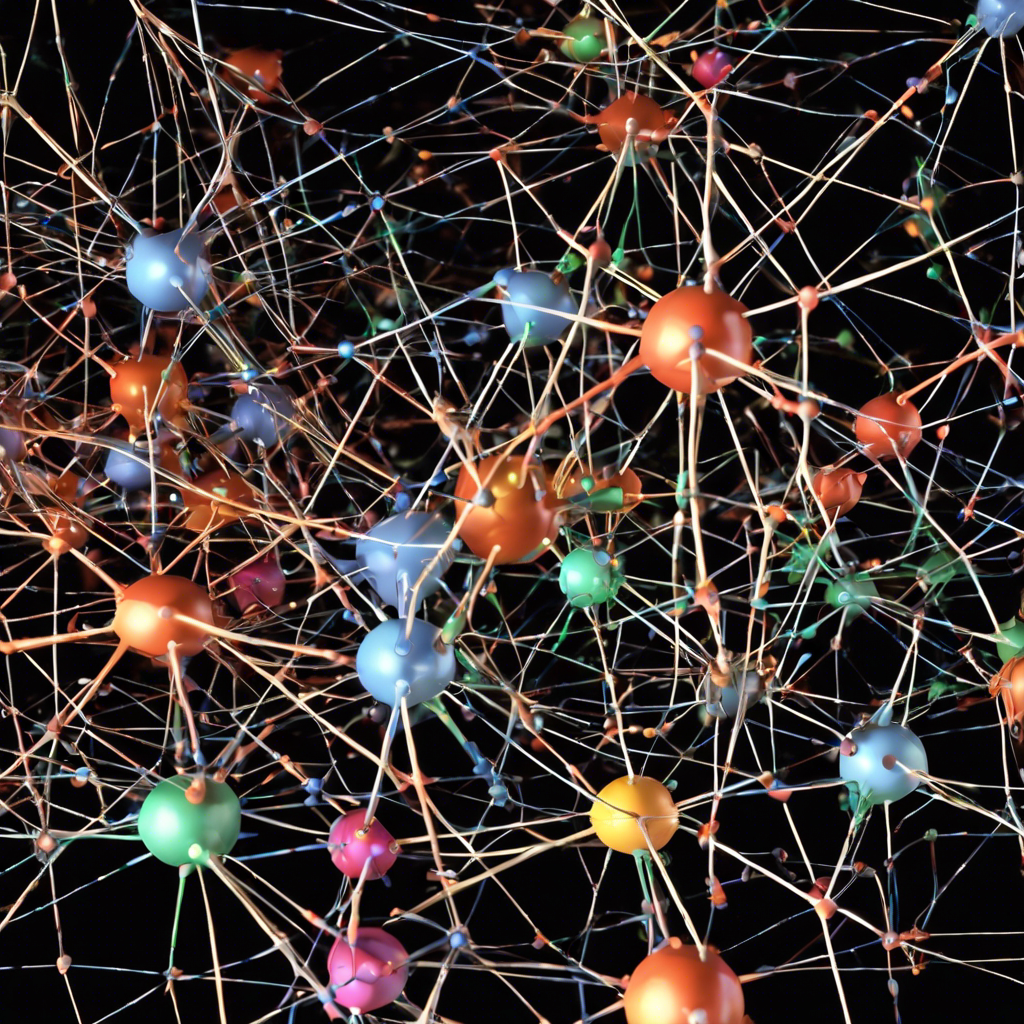Scientists engineer bio-bots capable of autonomously healing wounds, regenerating tissue, and potentially treating diseases.
In a groundbreaking development, researchers have successfully engineered tiny robots using human cells that have the potential to revolutionize the field of medicine. These multicellular “anthrobots” have demonstrated the ability to move independently and aid in repairing and regrowing damaged neurons. Published in the journal Advanced Science, this study showcases the immense possibilities of these bio-bots, although they have only been tested in a laboratory setting thus far.
The Evolution of Bio-Bots:
Building upon previous research that led to the creation of “xenobots” from frog stem cells, the same team of researchers has now achieved even greater success using regular human cells. The ability to utilize a patient’s own cells to construct these robots could minimize complications such as tissue rejection. Professor Michael Levin of Tufts University emphasizes that the features of these bio-bots are not exclusive to amphibians or embryonic cells but are instead a general property of living organisms.
The Creation of Anthrobots:
The anthrobots are constructed using adult human cells obtained from the trachea, which are covered in cilia, hair-like filaments that can move and repel foreign substances. These cells can also clump together to form organoids. By arranging the cells to face outward with their cilia, the researchers were able to encourage the formation of organoids. These hairy lumps displayed movement through the use of their cilia, maneuvering in straight lines, circles, and occasionally remaining stationary. The ability of the cells to clump together allows the bio-bots to self-assemble without the need for external manipulation.
Therapeutic Potential:
To showcase the therapeutic potential of anthrobots, the researchers created 2D layers of human neurons and made incisions to simulate wounds. Placing clusters of anthrobots, referred to as “superbots,” near the damaged neurons, the researchers observed remarkable healing and regeneration without any additional genetic engineering or programming. While the exact mechanisms behind this healing process are not yet fully understood, synthetic biologist Gizem Gumuskaya believes that the dynamic communication between cells and their inherent biological functions contribute to their therapeutic capabilities. Additionally, these bio-bots safely degrade within 60 days, eliminating concerns about their long-term presence in the body.
Conclusion:
The development of anthrobots marks a significant milestone in the field of regenerative medicine. These bio-bots, constructed from human cells, have demonstrated the ability to independently move, repair damaged neurons, and potentially treat diseases. With their self-assembling nature and therapeutic potential, anthrobots offer a promising avenue for future medical advancements. While further research is required to fully understand their mechanisms and optimize their capabilities, the potential impact of these tiny robots on wound healing and tissue regeneration is undeniable. As the field of bio-robotics continues to evolve, these advancements may pave the way for innovative treatments and personalized medicine, ultimately improving the quality of life for patients worldwide.











